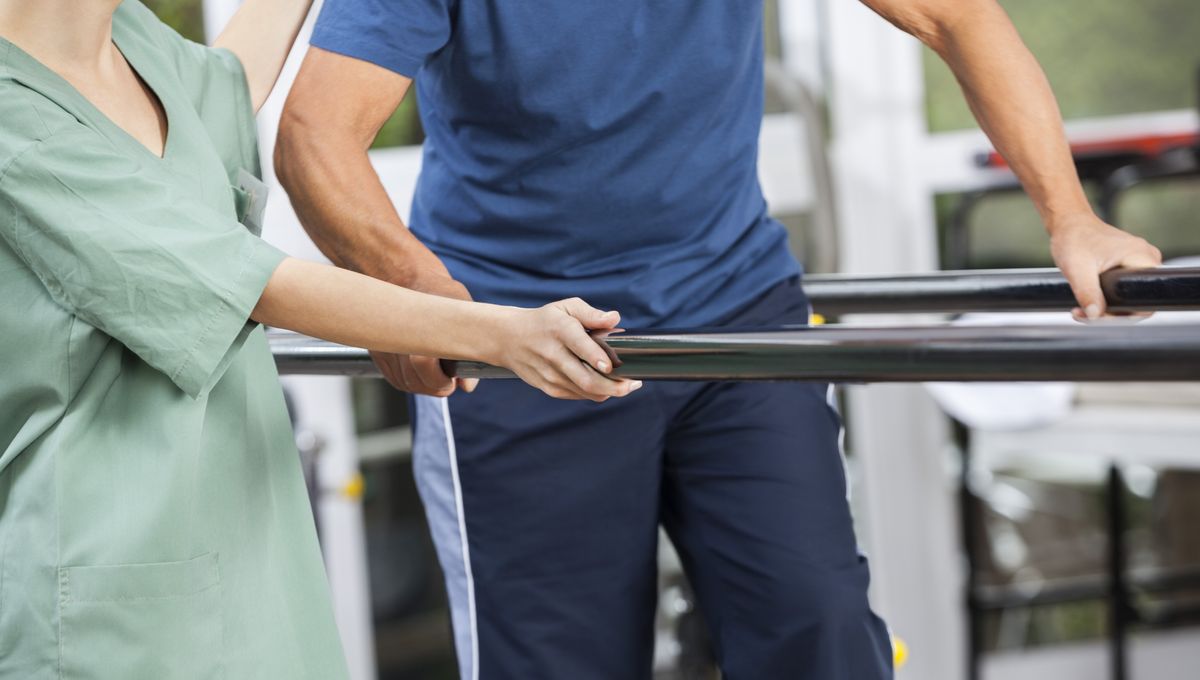
When futurists of the past envisioned 21st-century healthcare, it often came with some loss of humanity. The Six-Million-Dollar Man, for example; Robocop; Victor Stone – all their recoveries came thanks to cybernetic implants and technological upgrades, rather than a healing of their original body.
ADVERTISEMENT
Turns out, we can do better. At least, in two cases: after a first-of-its-kind trial in Japan, two previously paralyzed men can now move on their own once again. The miracle treatment behind their recovery? Stem cells.
“That’s a great positive outcome,” James St John, a translational neuroscientist and Professor of Neurobiology at Griffith University, Australia, told Nature last week. “It’s very exciting for the field.”
It’s far from the first attempt to treat the seemingly untreatable with stem cell therapy. Previous success stories include paralyzed multiple sclerosis patients being able to walk again in 2016; regenerating damaged heart muscles for patients with cardiac disease in 2018; in 2022, it gave deaf and hard-of-hearing people the ability to hear again. Only last year, a patient was apparently “cured” of type 1 diabetes thanks to a new type of stem cell treatment, and multiple people have been incidentally cured of HIV after receiving stem cell therapy for other conditions. It’s even effective for non-human species, with puppies born with spina bifida given the ability to walk in 2017 and a gorilla treated for arthritis in 2023.
The new results are thanks to induced pluripotent stem cells, or iPSCs – a type of cell technology pioneered back in 2006 and deemed so groundbreaking that it earned its inventor Shinya Yamanaka the 2012 Nobel Prize in Physiology or Medicine. Unlike previous therapies, it doesn’t come from embryonic cells – instead, it uses mature cells from the patient themselves, which are then “reprogrammed” into stem cells.
In this case, some 2 million of these iPSCs, derived from donor cells, were injected into trial subjects’ injury sites. Stem cells are defined by their ability to convert themselves into any type of cell as needed, and it was hoped that the newly introduced cells would develop into neurons and glial cells to replace those damaged by the patients’ injuries.
It was a small trial; only four patients overall. All started the trial with the highest injury classification – an A on the American Spinal Injury Association Impairment Scale – with zero sensation or movement below their injury sites. Now, one of those patients is classified C on the scale, and another is classified D – just one step down from normal function.
ADVERTISEMENT
“That person is now training to walk,” Hideyuki Okano, the stem-cell scientist at Keio University in Tokyo who ran the trial, told Nature. “This is a dramatic recovery.”
It’s exciting news, but there are of course some serious caveats. A sample size of four, of whom two showed no improvement, is not reason to proclaim a new miracle cure for paralysis. And while the team behind the trial believe the treatment is safe and effective, the results are yet to be peer-reviewed. Some caution, therefore, is needed.
Nevertheless, it’s a glimmer of hope for the approximately one in 50 of us who live with some form of paralysis. Perhaps it won’t be too long before Cyborg starts looking outdated after all.
Source Link: Paralyzed Patient Learning To Walk Again After Groundbreaking Stem Cell Treatment